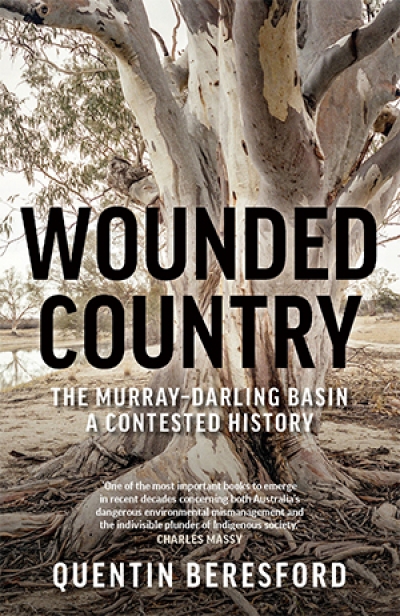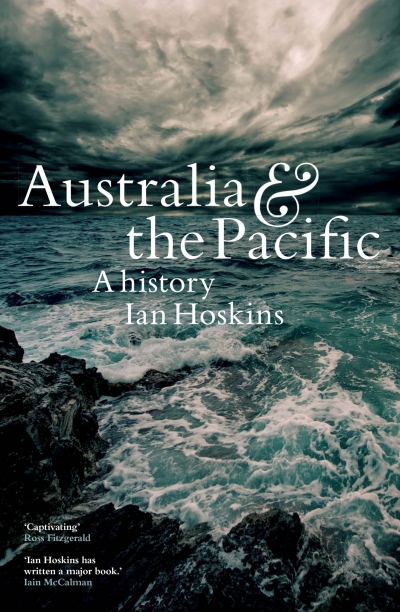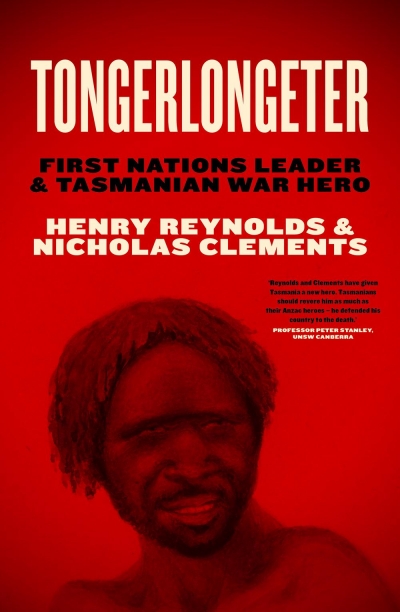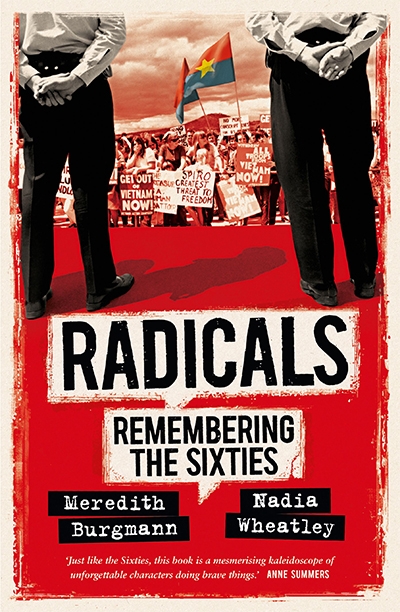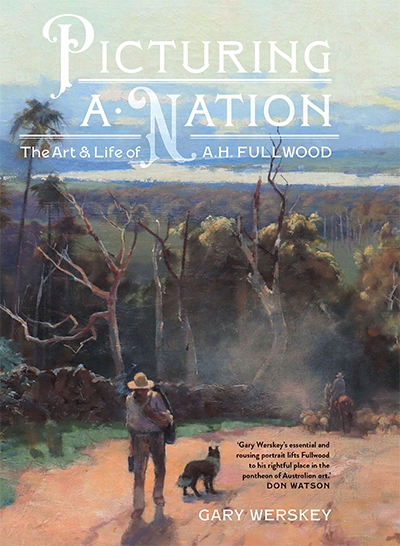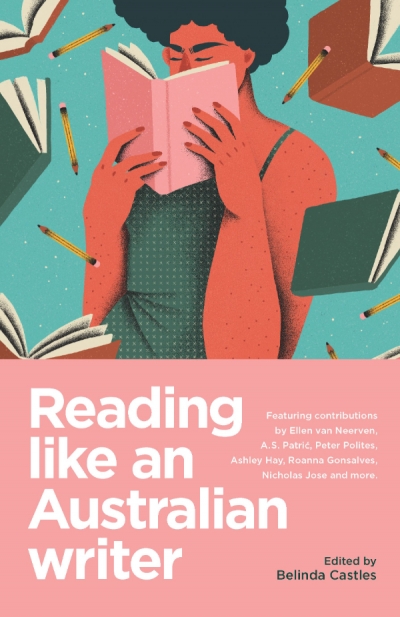NewSouth
An Uncommon Hangman: The life and deaths of Robert "Nosey Bob" Howard by Rachel Franks
by Penny Russell •
Wounded Country: The Murray–Darling Basin – a contested history by Quentin Beresford
by Cameron Muir •
French Connection: Australia’s cosmopolitan ambitions by Alexis Bergantz
by Jim Davidson •
Tongerlongeter: First Nations leader and Tasmanian war hero by Henry Reynolds and Nicholas Clements
by Libby Connors •
The Ways of the Bushwalker: On foot in Australia by Melissa Harper
Smuggled: An illegal history of journeys to Australia by Ruth Balint and Julie Kalman
by Elisabeth Holdsworth •
Radicals: Remembering the Sixties by Meredith Burgmann and Nadia Wheatley
by Kerryn Goldsworthy •
Picturing a Nation: The art and life of A.H. Fullwood by Gary Werskey
by Jane Clark •


